President-Elect José Raúl Mulino of Panama is promising to shut down the Darien Gap, one of the largest immigrant crossing zones in the world, as part of his term when he becomes president.
If successfully shut down, the move would potentially stop hundreds of thousands of migrants from reaching the US-Mexico southern border.
Mulino Victory
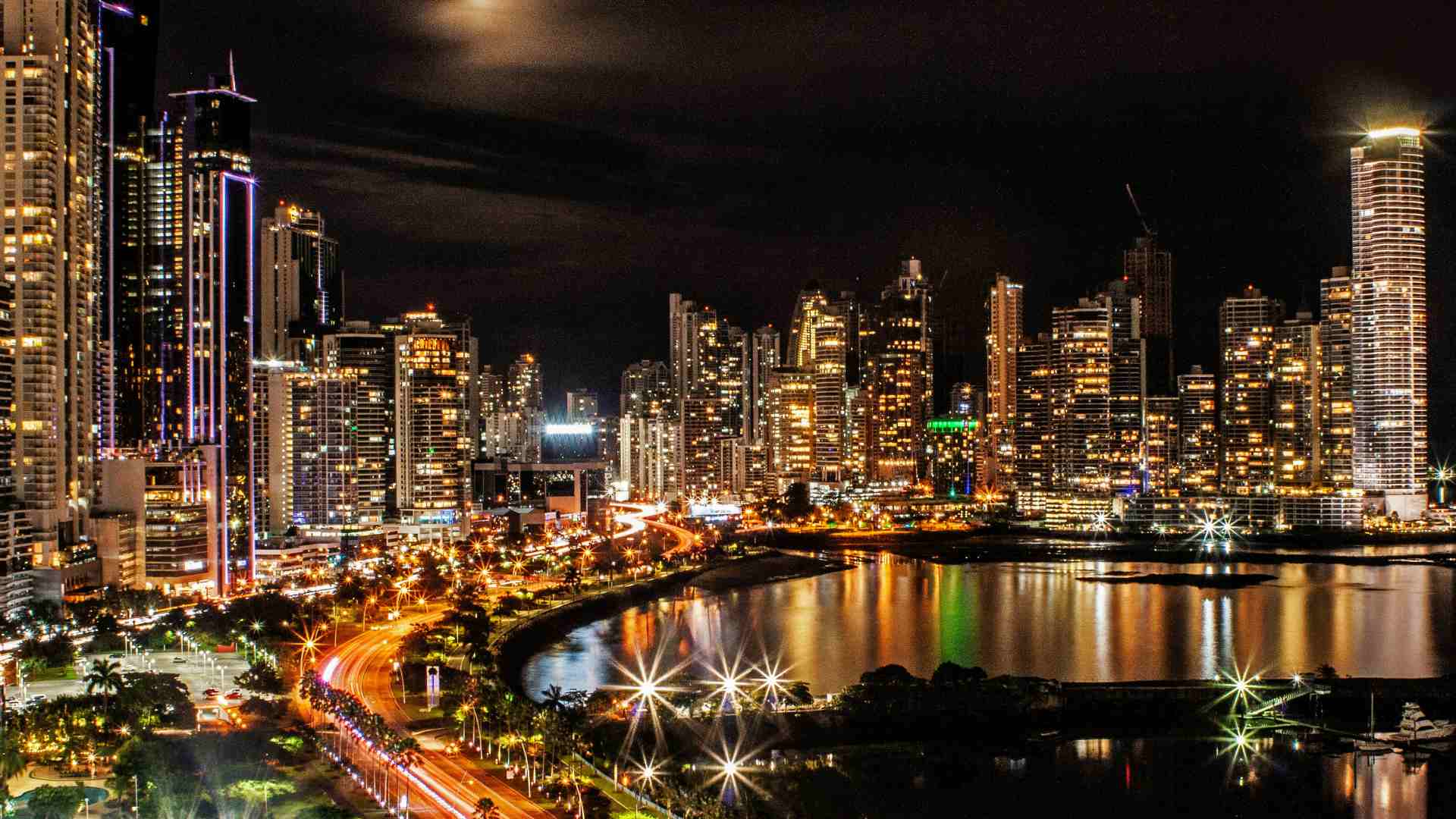
José Raúl Mulino won the election for President of Panama last Sunday, with the results being finalized Thursday and him winning 34% of the vote. During his campaign, he made the issue of migrants a main issue.
In comments made after the results were formally accepted Mulino said “Panama and our Darien are not a transit route. It is our border.”
Darien Gap
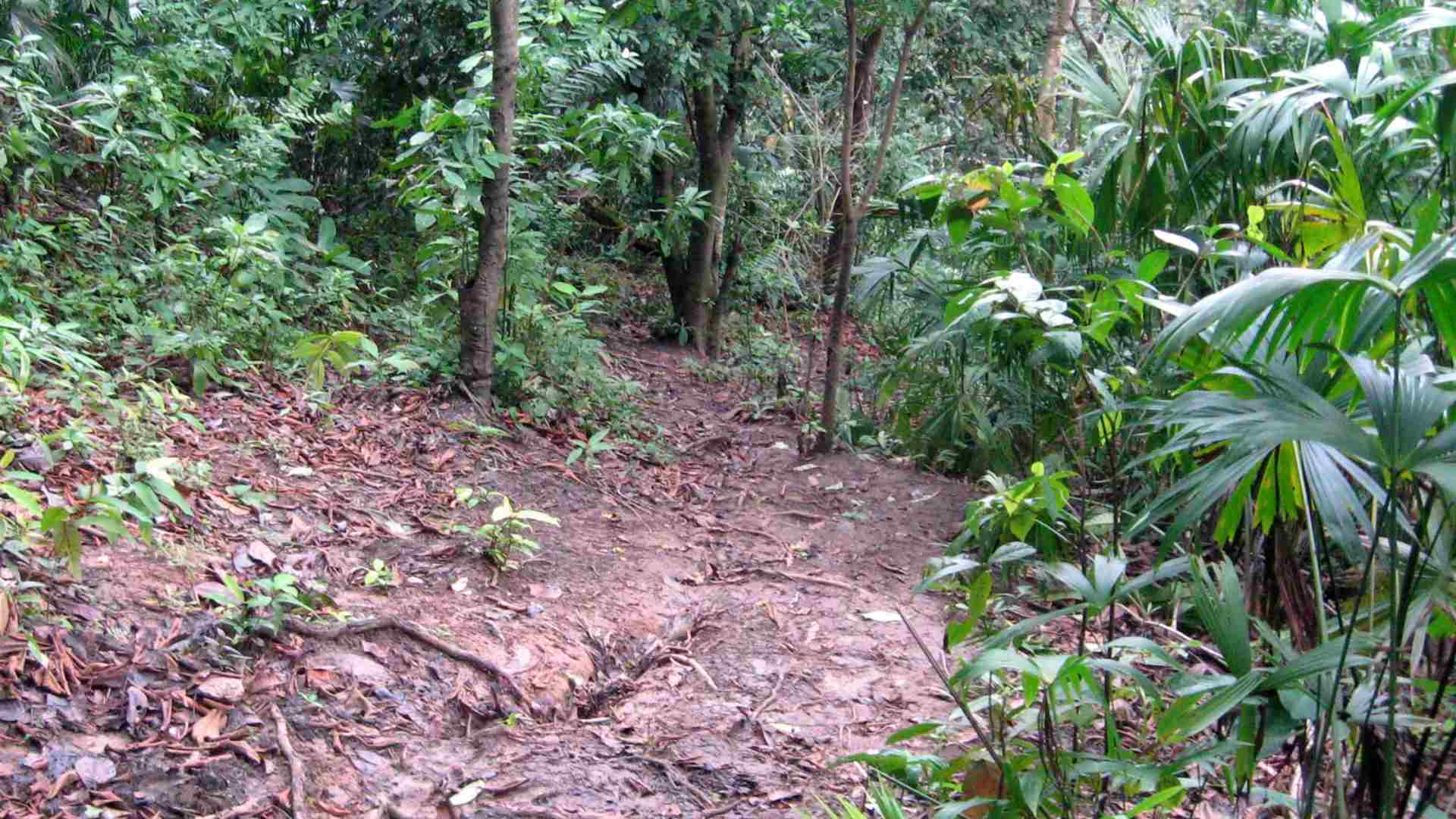
The Darien Gap is a 60-mile-long stretch of challenging rainforest terrain that lies on the border between Panama and Colombia.
Despite treacherous conditions, it is a popular migration route that more than 500,000 people used last year, many on their way to the US-Mexico border.
Fast Highway
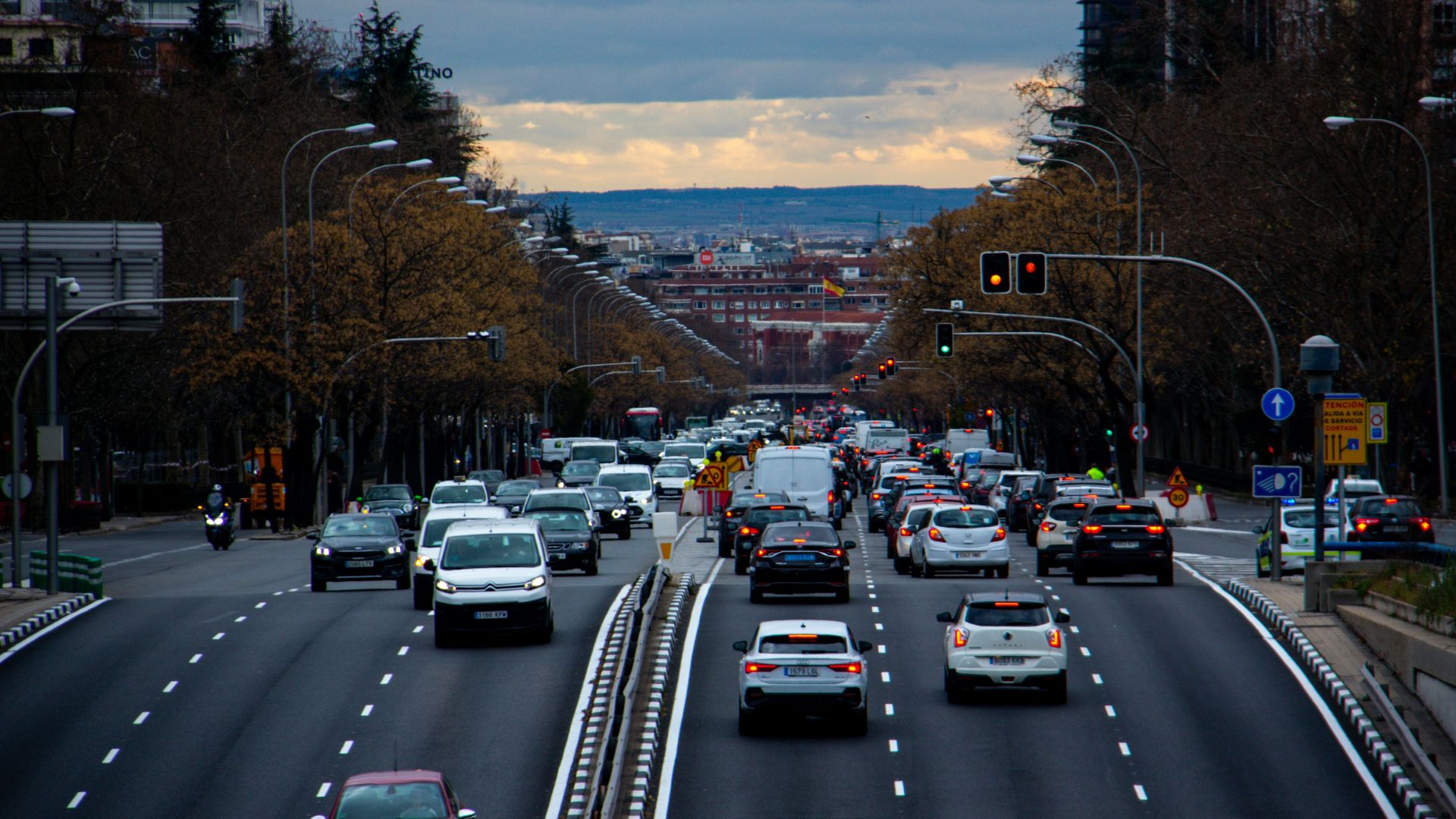
People coming to the US from countries to the south prefer to use the Darrien Gap for travel despite its intense conditions because of the speed at which people can move through it.
Recent numbers show that two-thirds of the migrant crossers hail from Venezuela. Before the record-setting numbers last year, the previous record for migrants crossing through the area was 30,000 in 2016.
No Reason to Exist

President-Elect Mulino ran his campaign on a message that the Darien Gap crossings need to be stopped.
“The Darien odyssey that does not have a reason to exist,” Mulino said. The crossing is treacherous, having caused people to die, and is fueling organized crime in Colombia.
Darien Gap Deaths

According to the International Committee of The Red Cross, more than sixty migrants died trying to cross the Darien Gap in the first six months of 2023.
Officials also think this is much less than the true number of deaths because of the difficulty of tracking such numbers. There is no formal road or adequate police border presence in the Darien Gap.
Crossing Efforts This Year
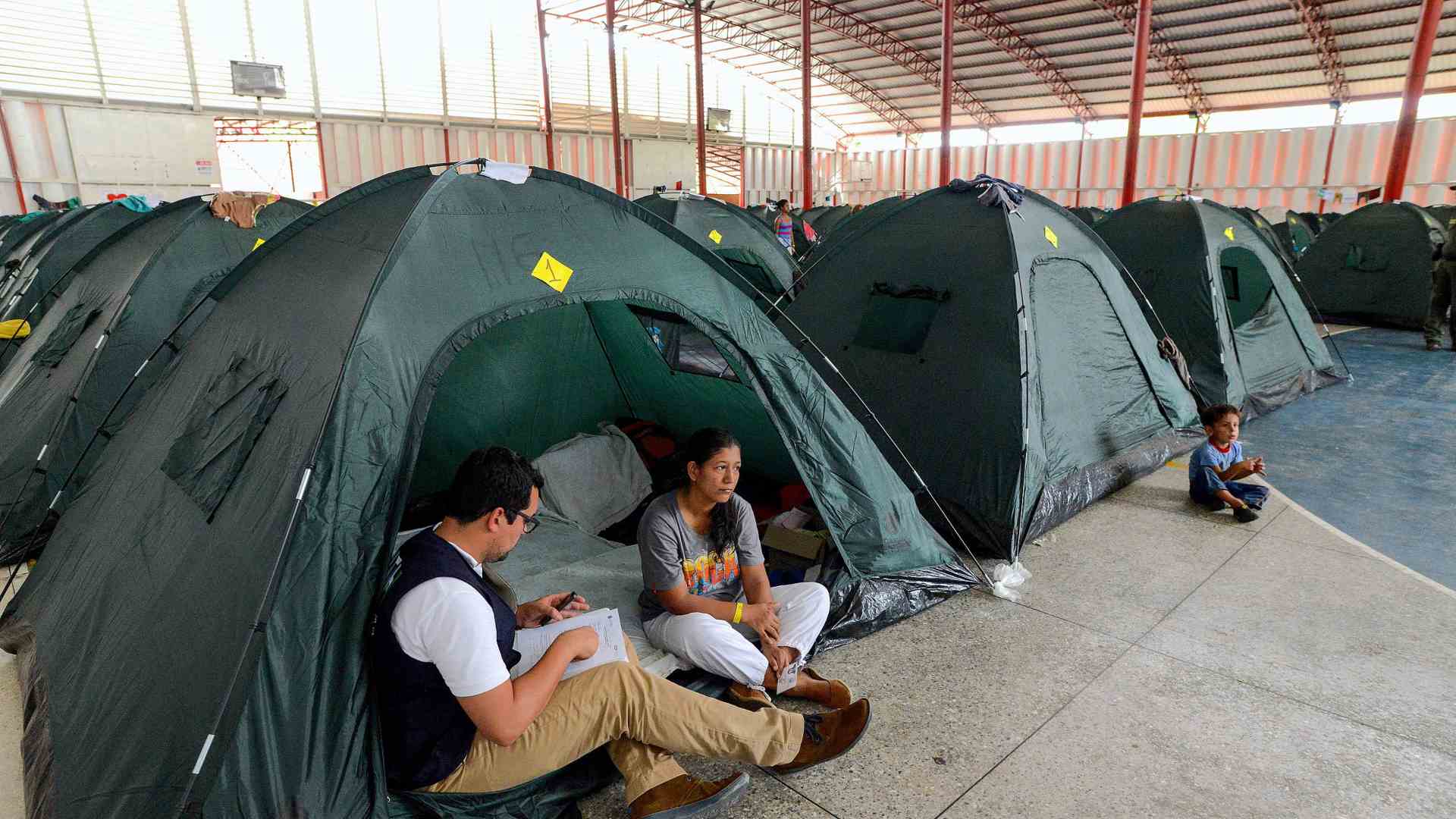
So far, it is estimated around 147,000 migrants have entered Panama through the Darien Gap this year. Many people crossing through this area hope to eventually make it all the way to the US-Mexico border to seek asylum in the United States.
People from Venezuela, Ecuador, and Colombia have recently become top countries of origin for asylum seekers to the United States.
Criminal Risk

Many people have chosen the risk associated with methods like the Darien Gap because legal ways to migrate have been increasingly shut off as the US pressures countries. Countries are pressured to impose stricter immigration restrictions, including stopping people from flying in through airports.
“People migrate for many reasons and frequently don’t have safe, orderly and legal ways to do it,” said Giuseppe Loprete, chief of mission in Panama for the U.N.’s International Organization for Immigration. “When the legal routes are not accessible, migrants run the risk of turning to criminal networks, traffickers and dangerous routes, tricked by disinformation.”
Migration Objection
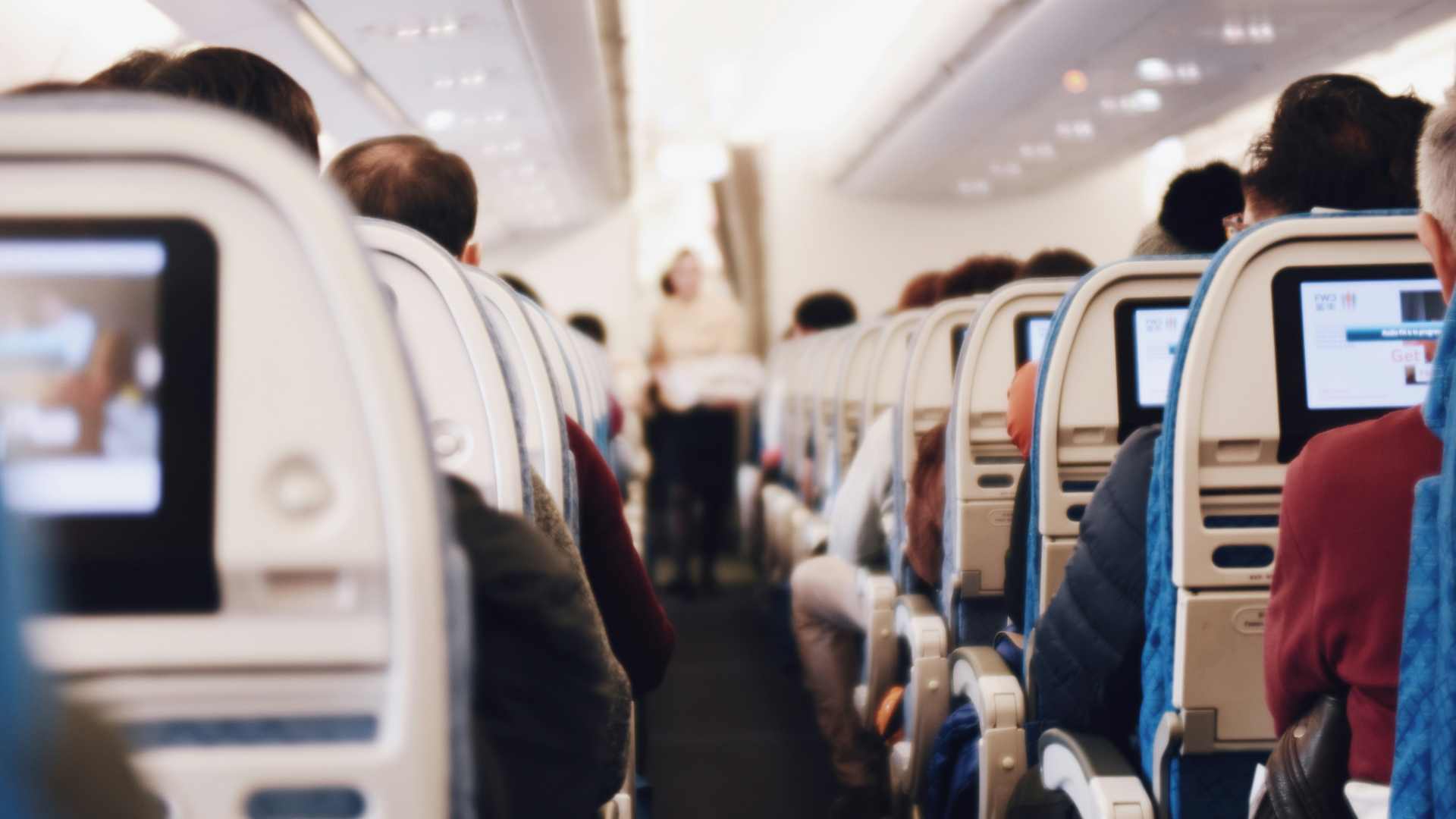
During an interview on local radio, Mulino outlined the motivation behind shutting down the migration in the Darien Gap and how people will be threatened with deportation.
“Because when we start to deport people here in an immediate deportation plan the interest for sneaking through Panama will decrease,” Mulino said. By the time the fourth plane loaded with migrants takes off, “I assure you they are going to say that going through Panama is not attractive because they are deporting you.”
Uncertain Viability
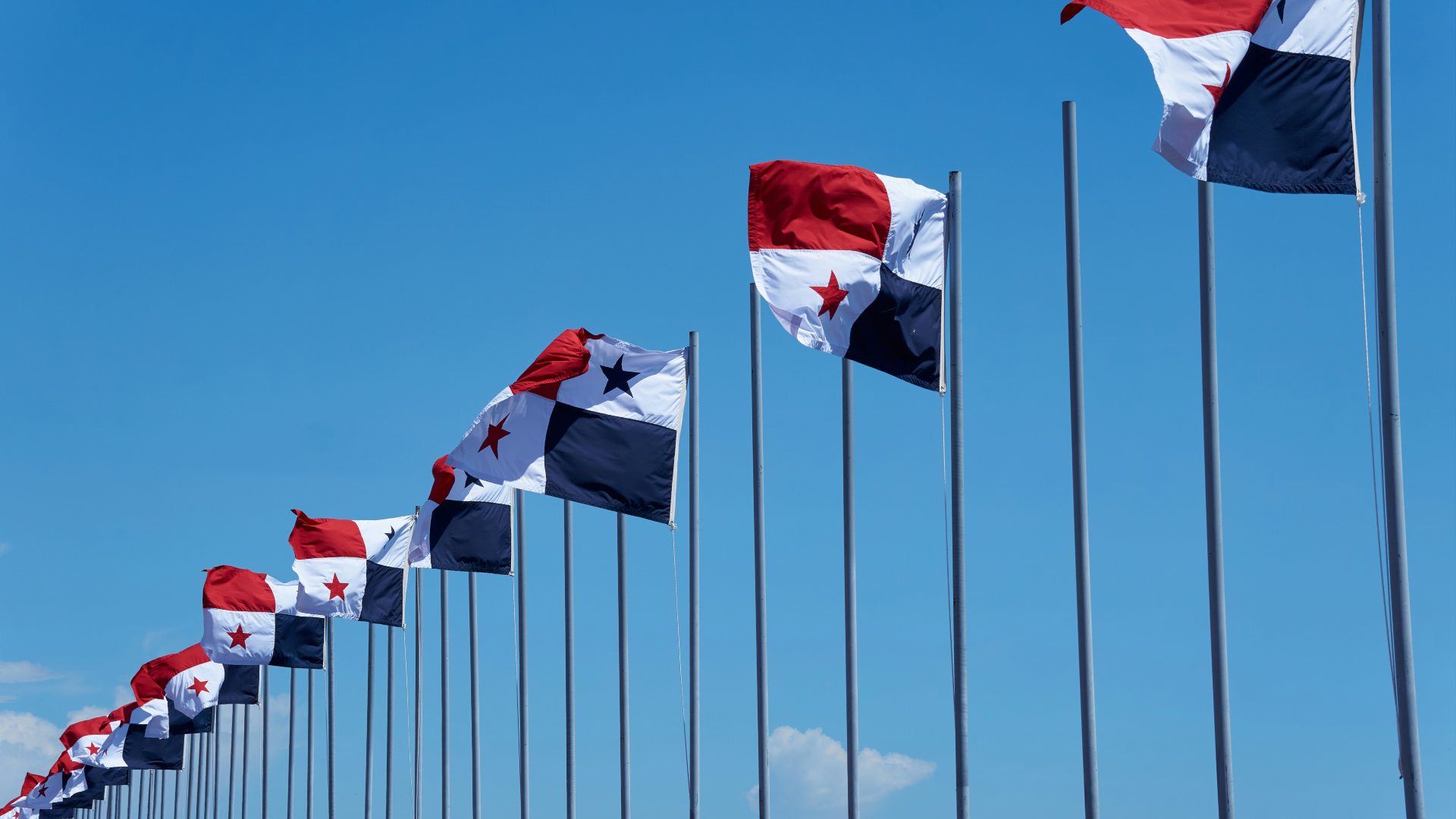
While the energy is there for Panama’s future president, some are unsure about whether it is viable to shut down such a large area of the border.
Panama would have to drastically increase security at the border which is currently sparse, and work together with other countries like Colombia to ensure that everything runs smoothly.
Panama’s Challenges

Julio Alonso, a Panamanian security expert, is uncertain what Mulino could achieve on his own.
“In Panama, there is no kind of suppression with this situation, just free passage, humanitarian aid that didn’t manage to reduce the number of assaults, rapes, homicides and deaths along the Darien route,” Alonso said. Mulino’s proposal is “a dissuasive measure, yes, (but) whether it can be completely executed we will see.”
Expenses of Deporting Migrants

Deporting migrants back to their country of origin is an expense that can quickly add up and may not stop as many migrants as one may hope.
“A daily plane, which would be extremely expensive, would only repatriate around 10% of the flow (about 1,000 to 1,200 per day). The United States only manages to do about 130 flights monthly in the entire world,” said Adam Isacson, an analyst at the Washington Office on Latin America.
